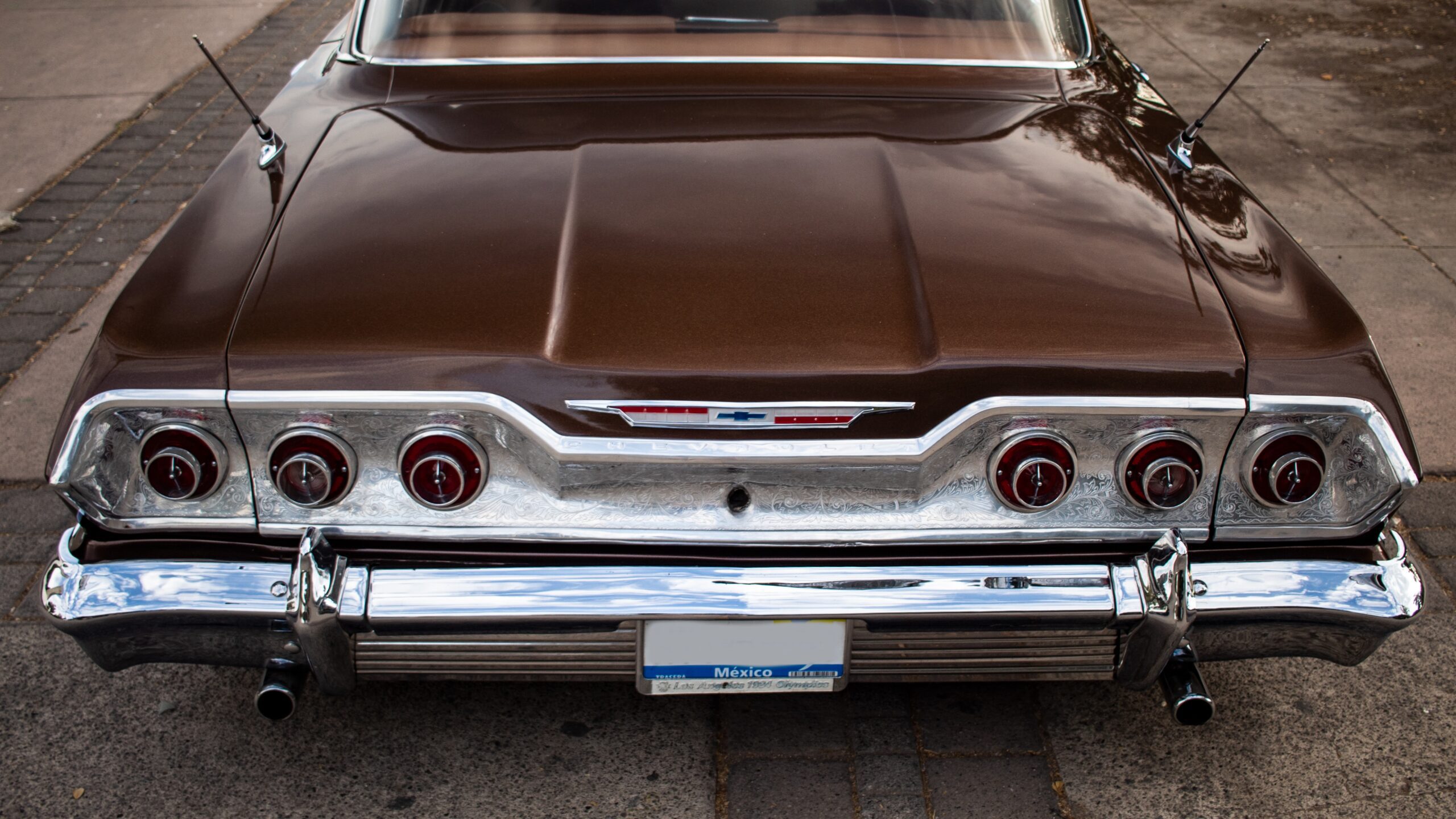I sat here looking at my screen, a blank page with my cursor blinking. The cursor taunted me, as if it were waiting for me to open up this Jeep history article with something epic.
But the story behind the iconic Jeep is something you don’t have to embellish to make epic. The true story of what really happened already is.
Jeep’s Origins
Let’s just start by saying that if you love the Jeep brand, you can thank the United States Army. Without the Army there would simply be no Jeep history.
In late 1939 to early 1940 the entry of the United States into WWII was imminent. The writing was on the proverbial wall. Though America didn’t officially enter the war until December 7, 1941 it was clear that the nation was not going to be able to stay out of the conflict, regardless of what Roosevelt had promised America.
The Army needed a new scout reconnaissance vehicle that didn’t exist yet, and they needed it yesterday. By the summer of 1940 the United States Department of War was under immense pressure to get this vehicle into production.
Like all military requisitions, they had to put together their specific requirements and date of delivery demands. As you read these, especially the timeline, remember this was 1940. There were no computers, they didn’t exist until around 1946 at the earliest. Communication speed between the Army and the contractors was also a factor.
In short, the Army demanded the creation of something that didn’t exist, in an impossible timeframe.

Jeep History Begins With a Requisition
The Army originally had 8 specific requirements for its light reconnaissance scout vehicle. The vehicle must:
- Be 4-wheel drive
- Carry a crew of 3 personnel
- Have a wheelbase, from the center of the front wheel to the center of the back wheel, of no more than 75″ (Later upped to 80″)
- Have axle tracks, from the centerline of one wheel to the centerline of the other wheel on the same axle, of no more than 47″
- Feature a fold-down front windshield.
- Be capable of carrying 660 pounds
- Be powered by an engine cable of 85 foot pounds of torque.
- Have an empty weight not to exceed 1300 pounds.
In addition, the Army’s delivery timeline was as follows:
- Bids for the contract needed to be delivered to the Army in 11 days.
- Manufacturers had only 49 days to produce their first prototype for consideration.
- Manufacturers had 75 days to produce 70 test vehicles.
Sound insane? It was.
The Army sent out its initial requirements to 135 domestic auto manufacturers on July 11, 1940. Only 2 companies were crazy enough to respond that they could meet the Army’s requirements, American Bantam Car Company and Willys-Overland Motors.
Click here to read the rest of this article.
Eric Highland is driving around the world with his wife Brittany Highland and their seven-year-old Caspian. So far they’ve traveled from Texas to Peru and will be continuing down to Argentina next year. They expect their journeys to last 10-15 years and they document it all at Hourless Life. Keep up with their travels through their website, Instagram, and YouTube channel.
Historical photo courtesy of The International Institute of Social History





